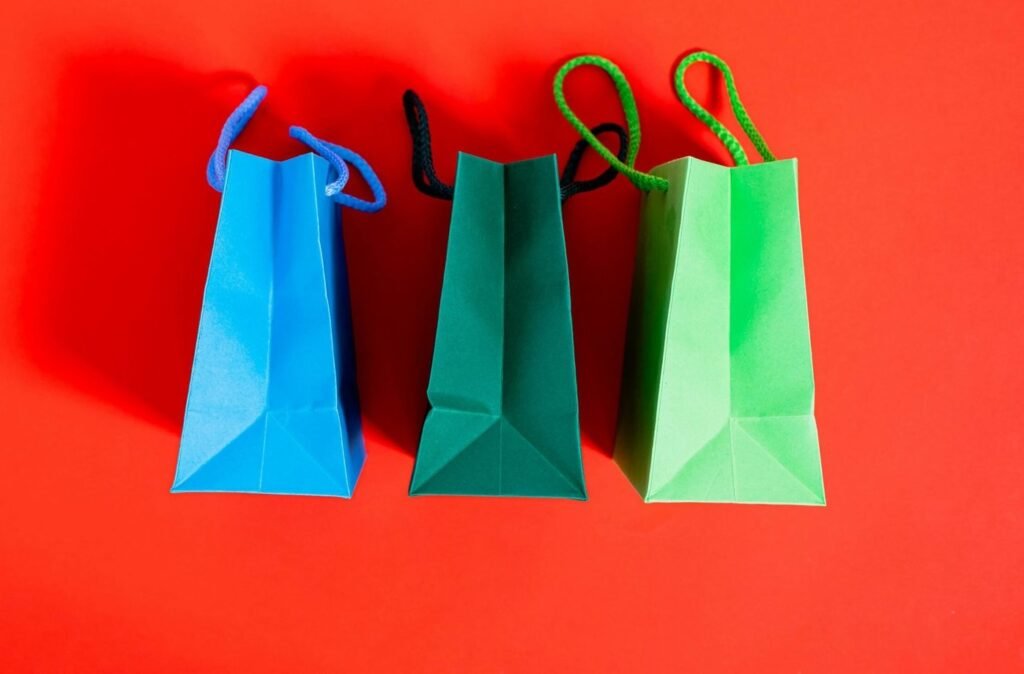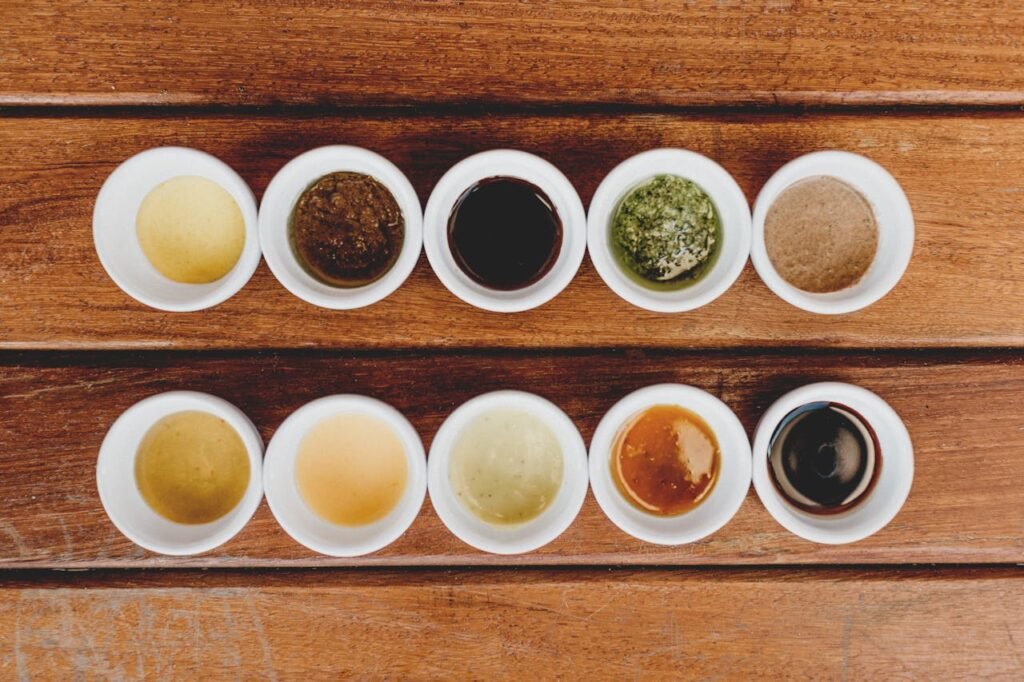
Picture this—you grab a water bottle or a t-shirt, and instead of adding to the planet’s problems, it helps fix them. That is the power of climate-friendly brands. They make stuff in ways that cut down on pollution and keep nature safe. Climate change heats up Earth with gases from burning coal and gas, kicking up crazy storms, melting ice, and drying out rivers. But these brands push back, choosing clean energy and smart materials over the old, dirty ways. Let us explore what sets them apart, how to pick their products, and simple ways to back them up, so you learn how to jump in and enjoy the journey.
What Are Climate-Friendly Brands?
Climate-friendly brands care about the planet. They make stuff—like socks, soap, or snacks—without filling the air with smoke or using up too much water. For example, they might use solar power for their factories instead of coal or pick bamboo that grows back quick. Because of this, they cut their carbon footprint—how much gas they put out that traps heat—and slow climate change.
These brands tell you everything. They say where their things come from, how they are made, and what happens to the planet. Some check their mess every year, like a scorecard, to do better. So, you feel okay trusting them, and other companies might try it too. Look for labels like Fair Trade, which means fair pay, or Forest Stewardship Council, showing wood from trees that grow again—it’s how climate-friendly brands stand out.
Another thing—they work with a circular economy. That means making products that last, get used again, or turn into something new instead of just trash. Plus, they help people—paying workers fair, planting trees in towns, or teaching farmers to grow without chemicals so soil stays good. Knowing this helps you choose brands that help Earth and people.
Why Brands Go Climate-Friendly
Why do they do it? Some see the planet struggling—floods, fires, hot days—and want to help. Burning fuel makes carbon dioxide that heats things up, so they switch to wind or solar to cut that gas. For example, a soap company might go green because they do not like dirty rivers from factory waste. It is about keeping the world nice for kids later.
Others listen to you. When people buy green stuff, brands notice—it’s money talking. Plus, it saves them cash over time—solar power gets cheaper than coal after a while. So, they go climate-friendly for the planet, for customers, and to keep costs down, making how to support climate-friendly products good for all.

How to Pick Climate-Friendly Products
Finding good products is simple if you know what to do. Buy local—get bread or fruit from nearby to avoid gas from trucks driving far. For example, an apple from your town’s market beats one shipped across the world—it is fresh and easier on Earth. So, you help local folks and cut your carbon footprint quick.
Check labels too. Look for eco-labels—little signs like “organic,” “recycled,” or “compostable” that mean it is kind to the planet. See what it is made of—bamboo or recycled plastic is better than stuff needing lots of oil and chemicals. Because these grow clean or reuse junk, they help nature. Brands that show it clear make picking climate-friendly products easy.
Buy fair trade stuff too—it pays workers right, like tea farmers getting enough to live, and keeps fields safe without bad sprays. Look at packaging—paper that rots or reused plastic means less trash. Pick things with less wrapping, like soap with just a strip, and you help that circular economy. Also, try subscriptions—some brands send refills for shampoo or toothbrushes in green packs, cutting trips and waste, keeping how to support climate-friendly products simple.
Ways to Back Climate-Friendly Brands
You can help these brands in lots of ways. Share them online—take a picture of a cool eco-bag or tag them in a post. For example, saying “This bamboo spoon is great!” gets your friends looking. Because they see it, they might buy some, making the climate-friendly brands group bigger.
Write reviews to give them a lift. Leave a note on a shop’s site or Google—like “This recycled shirt stays strong!”—to help others and keep brands going green. Your words matter, so tell what you like. Talk to them too—like their posts, say “Nice job with solar!” or send a quick thanks. It shows you are with them and keeps them moving.
Join green groups—online talks or local meetups about clean living share tips on climate-friendly brands. You get ideas and work together for more. Plus, join their events—some do cleanups or tree planting. Get in there, and you are helping how to support climate-friendly products with your own hands.
How to Research Climate-Friendly Brands
Look a bit more to find the best ones. Check their websites—good ones say how they cut gas or save water, like “We run on wind” or “Our boxes rot away.” Look at their supply chain—where things start, like cotton fields or factories. Ask if it is not clear—“Where’s this wood from?”—and trust brands that answer, like “From regrown forests.”
Read green blogs or apps—they list brands with clean marks, like “This soap’s carbon footprint is small.” So, you choose better. Watch out for fakes—some say “green” but hide stuff. If they do not answer or dodge, skip them. Checking keeps your support real, helping climate-friendly brands do their thing.
How to Spot Greenwashing
Some brands trick you—greenwashing is when they act eco-friendly but are not. Look for vague stuff—like “natural” with no proof—or big ads hiding coal use. For example, a “green” cup might not recycle and still clog landfills. Check their facts—if it is just talk, no details, pass. Real climate-friendly brands prove it, not just say it.

Why Your Support Helps
When you buy their stuff, it matters. Big companies see green products sell—like if eco-soap does well, they might stop using coal. For example, if bamboo spoons sell a lot, others start making them. So, your money pushes stores to go greener, one sale at a time.
It does good too. Your cash helps make solar tools or fair jobs in small towns—like farmers learning to grow clean. These brands use less waste and gas, helping people with fair pay or tree planting. Plus, they tell more—your buys make them share their ways, and others follow. It might even get tougher rules—like less factory smoke—because you want better.
They save stuff too. They use less water and power, keeping rivers full and costs low. A shirt made with less energy helps Earth and wallets. Plus, fewer spills—like oil in the sea—keep fish safe. Benefits of climate-friendly brands add up, and your help keeps it going.
Why You Should Get In
Supporting climate-friendly brands gives you a way to fight climate change. They cut gas that heats Earth, save trees, and help workers—with things you use every day. Buy local fruit, tell about a green find, check their story—it all helps. You make a world with less trash, more green, and fair chances, one buy at a time.
What do you think? Leave a note below—your thoughts keep this going. Let’s keep helping how to support climate-friendly products together!
Frequently Asked Questions (FAQs)
How Do Climate-Friendly Brands Help the Planet?
Climate-friendly brands help by cutting down gases that heat Earth. When we burn coal or gas, it makes carbon dioxide that warms everything up, causing storms and dry land. These brands use solar or wind power instead, so they make less gas. For example, a company might switch to bamboo for cups—it grows fast and keeps air clean. This slows climate change and keeps nature safe.
Why Should We Pick Climate-Friendly Products Over Regular Ones?
Climate-friendly products are better because they save Earth and people too. Regular stuff often uses oil or chemicals, making trash and dirty air that hurts lungs. Climate-friendly ones use recycled bits or fair-trade goods, like coffee that pays farmers well. They cut waste with packaging that rots away.
Also, they help long-term. Regular products might come cheap now, but they harm rivers and forests we need later. Climate-friendly ones keep things going—less gas, more trees. So, we get good stuff now and a healthy planet for kids in the future.
How Can I Help Climate-Friendly Brands Every Day?
Talk to the brands too—say thanks on social media or ask how they make things. Join local groups that care about green living—they share ideas on these brands. Every little step, like picking their soap, helps them grow and fight climate change.






